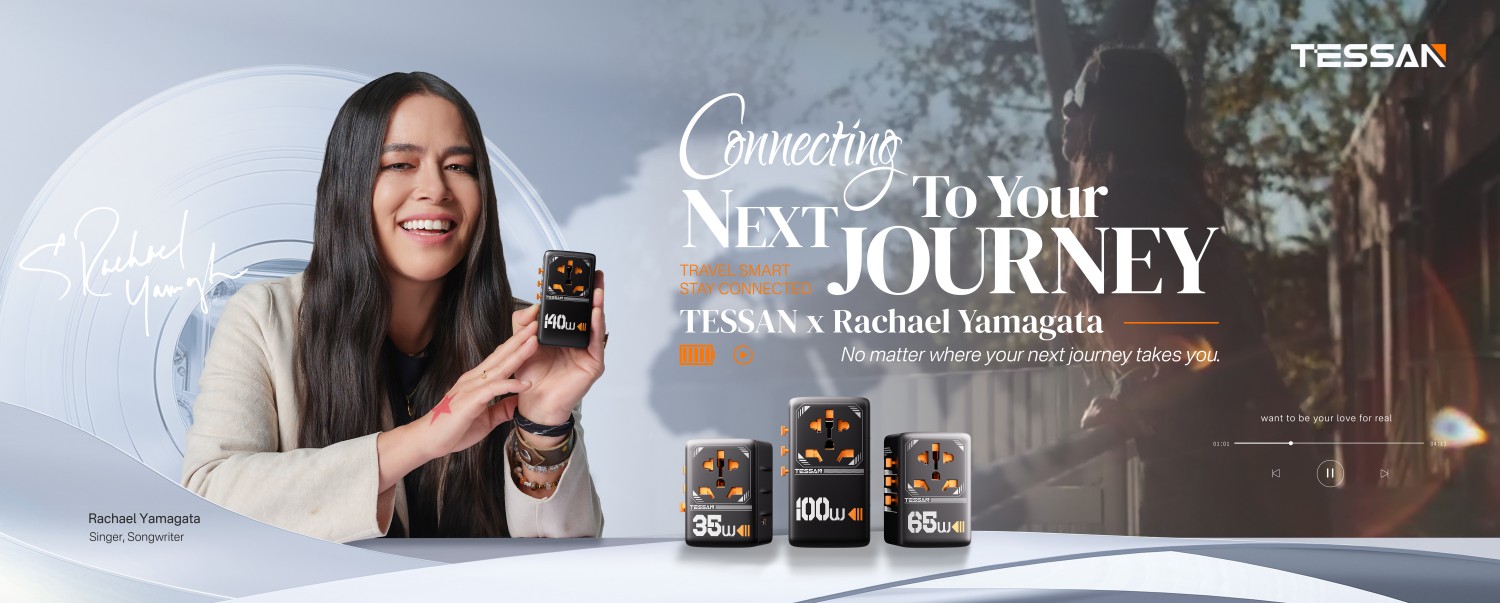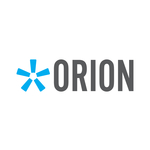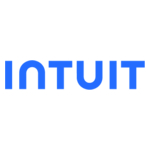Podcast: Insurers are on the road to change – but are they moving fast enough?
Live from InsurTech Rising US in Boston, our exclusive panel discuss how established are insurers approaching the mammoth task of getting themselves fit for the future, and ready to compete or collaborate with InsurTech start-ups.
Featuring Guy Fraker, Chief Innovation Officer at Insurance Thought Leadership, Zia Zaman, Chief Innovation Officer at Metlife and Dele Oladapo, Chief Enterprise Architect and Technical Innovation Officer at Prudential, the discussion ranges from where incumbent insurers are now and how start-ups compare, on the innovation scale to whether fear is the primary driver of change within a company.
Listen to the podcast on SoundCloud here.
The different between transformation and innovation
Guy opens with posing to the panel how they define change; “we tend to throw innovation and total transformation together in the same sentence.” But does committing to intentional efforts in the way of innovation equate to a commitment to reinventing the whole company?
Dele didn’t think so, and states that it depends on where the mandate comes from, “from a senior management perspective, there’s got to buy-in on the urgency and the way your manage the computing priorities around maintaining the flows of business that you have today, vs. the focus that you have to have on change that is not as easily identified.” Other panelists agreed that successful innovation strategies do depend on how the company sets out for innovation, what the goal is and what support is given to the initiative.
Zia adds his definitions into the mix, describing transformation as starting at one state and changing into another, much like a caterpillar becoming a butterfly, “it is a big choice to go through.” While innovation, he describes, is “doing something different that someone is willing to pay for – which doesn’t necessarily require a massive transformation or business upheaval.
Getting buy-in for innovation
So, armed with a good idea of what innovation means and no lack of evidence as to why it’s so important to get right, why aren’t companies putting these strategies in place? The panel conceded it can be very difficult to get middle and senior management buy-in for new ideas, especially within the legacy-led insurance sector, and this can slow innovation down.
Zia discussed the concern that because of “nay-saying” middle management, the industry is failing to attract some of the best talent to drive change. “We are not hiring the best people because people don’t just not want to work in our industry, but because people don’t want to work for a company that gives you not so modern tools… and middle managers that say ‘no you can’t do that'”. Dele agreed, “it really does require the leadership to get vested in the notion of change, not only by providing commentary at the top but also by spending time with the middle management group.” With this, he advised that senior directors should identify leaders within middle management and lean on them, using their credibility and influence with other peers to effect positive shifts in attitude and behaviour (which is often far more successful than perceived enforced change from above). “From upper management, you hear the messages, but if there isn’t a good relation between the day-in and day-out expertise and challenges, they can be ignored.”
Many might think start-ups side-step the buy-in troubles dogging the incumbents, and while this may be true internally, start-ups are coming face-to-face with this challenge when they come to partnering with traditional insurers later down the line. To overcome this, it requires a lot of patience and clarity in your message, and an understanding that just getting a CEO buy-in from the partner is not the end of the story.
The biggest drivers of change towards 2025
Guy posed the following to the panel, “Finish this statement: Fast-forward to 2025, the single biggest impact the InsurTech movement had on the industry was…”
The panel had a range of views, from distributed ledger computing and blockchain data-structures, a renewed focus on the customer over produce, re-skilling and up-skilling the current talent pool and strong partnerships with different companies who can perhaps leverage new technologies better than you can.
Closing the session, Guy concluded, “It’s not one single technology, I think it’s the acceptance of the inevitability of that technology internally to the industry that’s going to define insurance in 2025. All roads generally lead to AI in some form, but the defining factor for the industry is the acceptance of what the technology can do, and being fearlessly curious about the fact that no matter what the answer is you can find one. You don’t have to know where you’re going to end up. It’s not a commitment, but an exploration.”











































